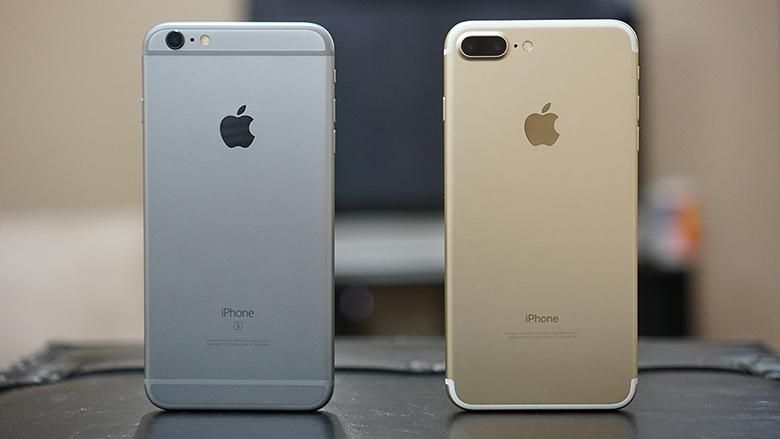A phone’s optimal upgrade cycle can depend on a variety of factors, including its recommended retail price, software support, hardware degradation and, perhaps most important of all, the user’s own personal preferences.
Some people are perfectly happy hanging on to their expensive flagship handsets for two, three years or even more, easily tolerating a certain degree of inherent deterioration over an extended period of time. Other users might be unwilling to make performance compromises, trading up their phones the moment they sense a general system slowdown.
But what if said speed reductions are not a natural cause of aging, being instead intentionally generated by software updates with the intent to strike a long-term balance between power and reliability?
You could argue that’s a sensible policy, but whether you agree with it or not, Apple should have definitely done a better job informing iPhone 6s and 7 owners. By quietly adopting it as a fix for highly publicized shutdown issues, then coming clean only after the cold hard data pointed in a clear direction, Cupertino risked feeding the old “planned obsolescence” conspiracy theory.
It absolutely doesn’t help silence accusers and escape public ridicule that the controversial move is dubbed a “feature”, released last year for the iPhone 6, 6s and SE to “smooth out the instantaneous peaks only when needed to prevent the device from unexpectedly shutting down during these conditions.”
Extended to the iPhone 7 with iOS 11.2, the “feature” will spread to “other products in the future”, basically aiming to “prolong the life” of your iDevices… at the expense of overall performance. Instead of possibly getting to a point where your old iPhone shuts down to “protect its electronic components” due to the advanced age or low temperature of its battery, Apple is looking to prevent such flaws from ever developing… by preemptively putting a cap on your CPU prowess.
Remember, if you can’t live with the limitations but don’t want to buy a new phone, replacing your waning battery with a brand new one should lift your processor back up to its maximum speed.

